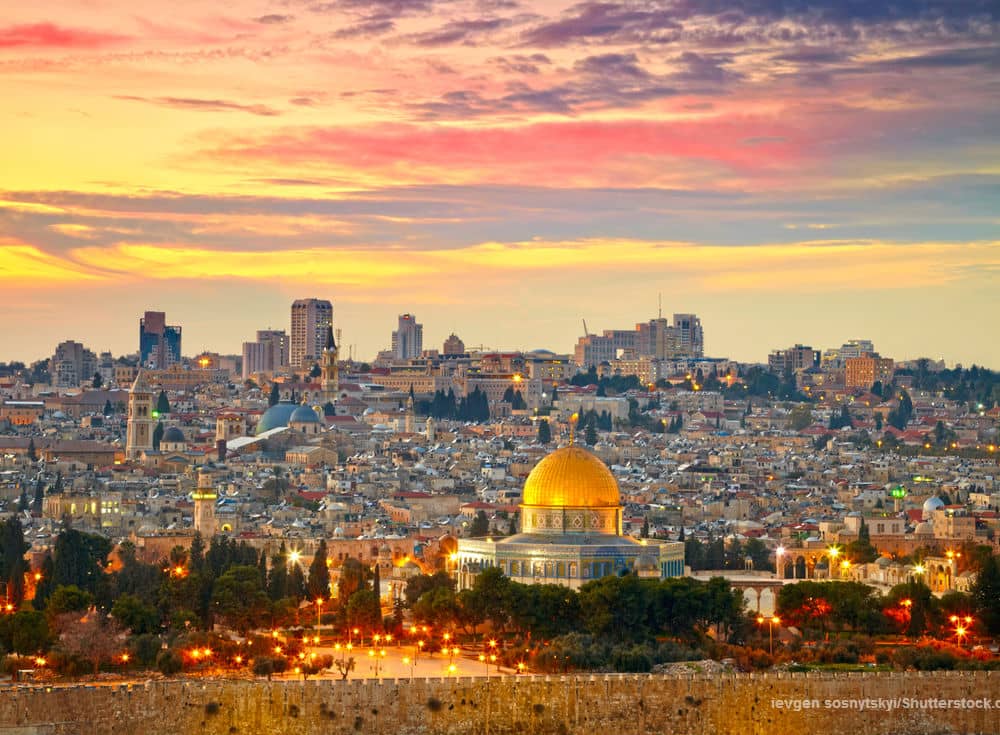 | Reprinted from SocialAction.com, a member of the Jewz.com network. |
It was on a wooded hill in northwestern Connecticut, near the Appalachian Trail, that I first understood why trees were the Jewish touchstone for environmental consciousness. The high school group I was accompanying had paused, maybe halfway to the top of the hill--to breathe easily, put our hands on the trees, and engage in some spiritual reflection. Leaning against a tree, I looked up through the canopy of leaves, straight through to the sky--and my feet suddenly seemed more firmly planted on the ground. And it struck me, that as the tree sinks its roots and grabs hold of earth, its branches reach toward the heavens, and I wished I too could be that planted, and reach that high.
Tu B'Shevat originated as "the new year for trees" in a rather technical sense. Fruit picked after the 15th day of the month Shevat could not be used to fulfill overdue tithing obligations on fruit picked before that date. The Rosh Hashanah new year familiar to us is also relevant for trees. In Leviticus 19:23-25, the Torah prescribes that the fruit of new fruit trees planted in the Land of Israel may not be eaten for three years. During the fourth year, the fruit is brought as an offering to God. Only in the fifth does the fruit become "everyday" or "available."
This cluster of laws goes by the name orlah, literally "foreskin." A fruit tree, like a person, goes through a ritual in order to become part of a covenant among the land, its inhabitants, and God. Rosh Hashanah became the standardized "birthday" for the purposes of the laws of orlah--a tree is considered a year older each Rosh Hashanah, even if was planted in late summer.
We could say that symbolically, orlah is about restraint, about limitations on the use of nature for our own commercial purposes. Trees are also the origin of the major environmental principle of Judaism, bal tashchit--the prohibition against needless destruction of nature. In Deuteronomy 20:19-20, we are commanded not to cut down fruit trees as part of the siege of a city.
It is less resource-intensive to cultivate barley than grapes or wheat; what the rabbis are mandating is the conservation of resources. The rabbis anticipate modern environmental analysis when they equate the less sustainable use of the earth's resources with the earth's actual destruction.
Significantly, the rabbis place responsibility not with the farmer but with the consumer, whose preferences and choices are what drive the unsustainable development of the land. Perhaps they sensed that like the tree itself, the law of bal tashchit needed, as it were, to shoot its roots out further into the fabric of material life, in order to draw both cultivation and consumption "heavenward", like the branches of a tree. The Torah itself, after all, is called the "Tree of Life", and the Torah always means to grab the ground we live on and elevate our gaze.
The Torah begins with the story of a perfect garden, where a tree confronts a man and a woman with a fateful choice between good and evil. The Eden story teaches, among other things, that not every tree is ours for the taking--eating fruit from a tree becomes the paradigm for all sin, for all human resistance to self-limitation and humility. When the environment becomes merely a set of resources for gratifying human desires, all other manner of wrongdoing follows.
These statements, I suppose, are obvious--cliches even--for those who have thought about humans' relationship to the earth. And you don't need to think of the Torah as a Tree of Life in order to connect spiritually with the earth. But it still pays to remind ourselves that concern for the environment, for the Work of Creation, is not a novelty within Judaism. It is at the core.
In a similar vein, we might mistakenly think that Tu B'Shevat is just a holiday about trees, and the laws of bal tashchit are only about garbage or "nature". But an environmental ethic is something we have to practice in the marketplace, day after day.
It is interesting that in modern life, Tu B'Shevat comes not long after the winter holidays. Our economy, we are told in many countries, depends on the frenzy of year-end consumption, which we take into our homes as we hide from the dark and the cold of the natural world. To all this, Tu B'Shevat is counterpoint. The trees challenge us to be like them in the new year--intertwined with the earth, drawing our life from it, and at the same time stretching toward heaven.

